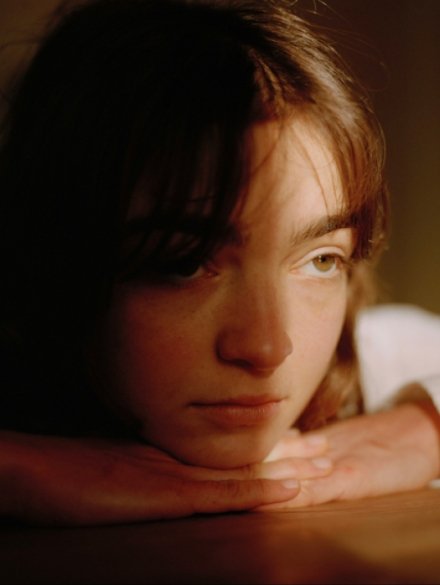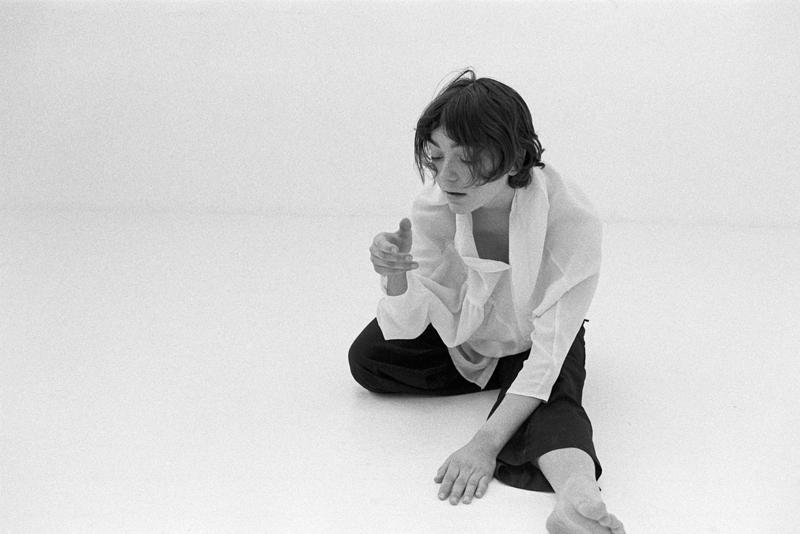Eléonore Piquemal

Who are you as a performer/artist?
During my years at ArtEZ I realized rather than defining who I am, or what I am doing, it works better for me to do and then later to re-read and understand, re-understand. That it is best to be clear with my intentions and then sensing them unfold. As an artist, some key concepts are greatly important to me, and have accompanied me through space, time, and feelings: honesty, reciprocity, curiosity, listening, and bravery.
What are your ambitions?
To answer my questions with more questions and continue this moving inquiry through boredom, wonder and findings. I am interested with this idea of performing as a living being on stage, and how can I play with the notion of being seen, and see(n)-through.
Where do you find inspiration?
I do not find that inspiration necessarily comes from somewhere in particular or even in general, rather that it comes from a “how”. How am I engaging with my surroundings? How am I relating to the inner/outer landscapes and its in-betweens?
What did you do at your internship & what did you learn?
This year, I moved to China. After a previous internship, I was invited to be an assistant teacher in a tai ji school in Wudang. I was ( started to be) introduced to the wushu, tai ji, and qi gong system: basic training, forms, principles, language and culture. Next, I started weaving my web of connections in China with other dance artists, and developed my improvisation practice and vocabulary. I also engaged in making processes through a group piece and a solo piece, both improvisation based. Those processes were a way to research this notion of performing as a living being on stage, as well as how games can be used as a score, a support, and a training tool. This year was a beautiful playground to research how to articulate and share my interest, finding balance between openness and clarity. It taught me how to be daring in moments of doubt and continue to move forward, backward, sideways, and upside down. To know when it is about adapting and when it is about staying true to my core.

“It enacts a tentative of collaboration of knowledge, projects where any final “truth” is always elusive. In this context knowing a body is never an exercise in certainty- certain boundaries, certain relations, certain transits, certain outcomes. A posthuman politics of location must give up the will to mastery, even of our subject – selves.” Neimanis, A. (2017). bodies of water, posthuman feminist phenomenology. Bloomsbury Academic.
This page was last updated on July 6, 2025